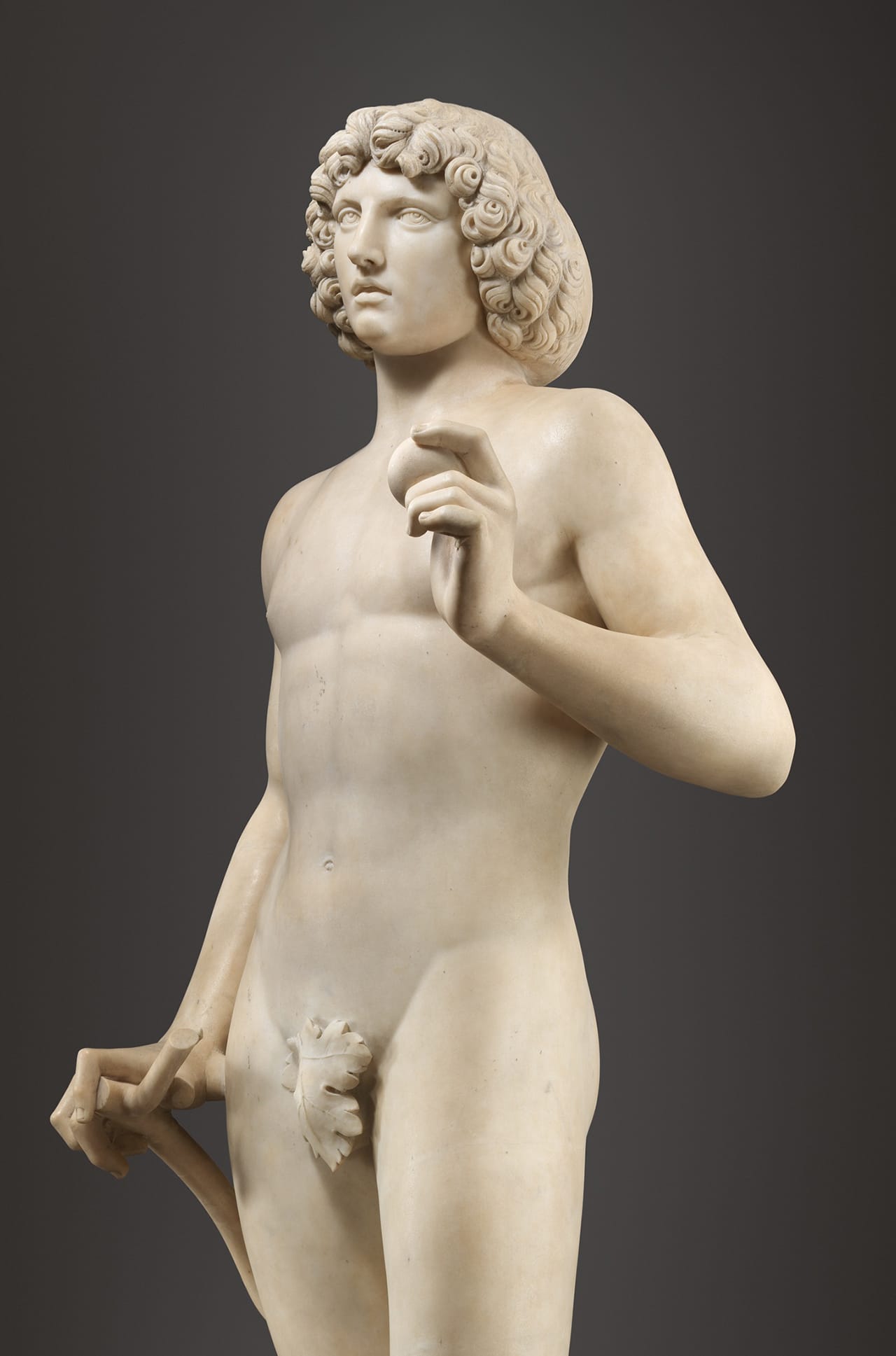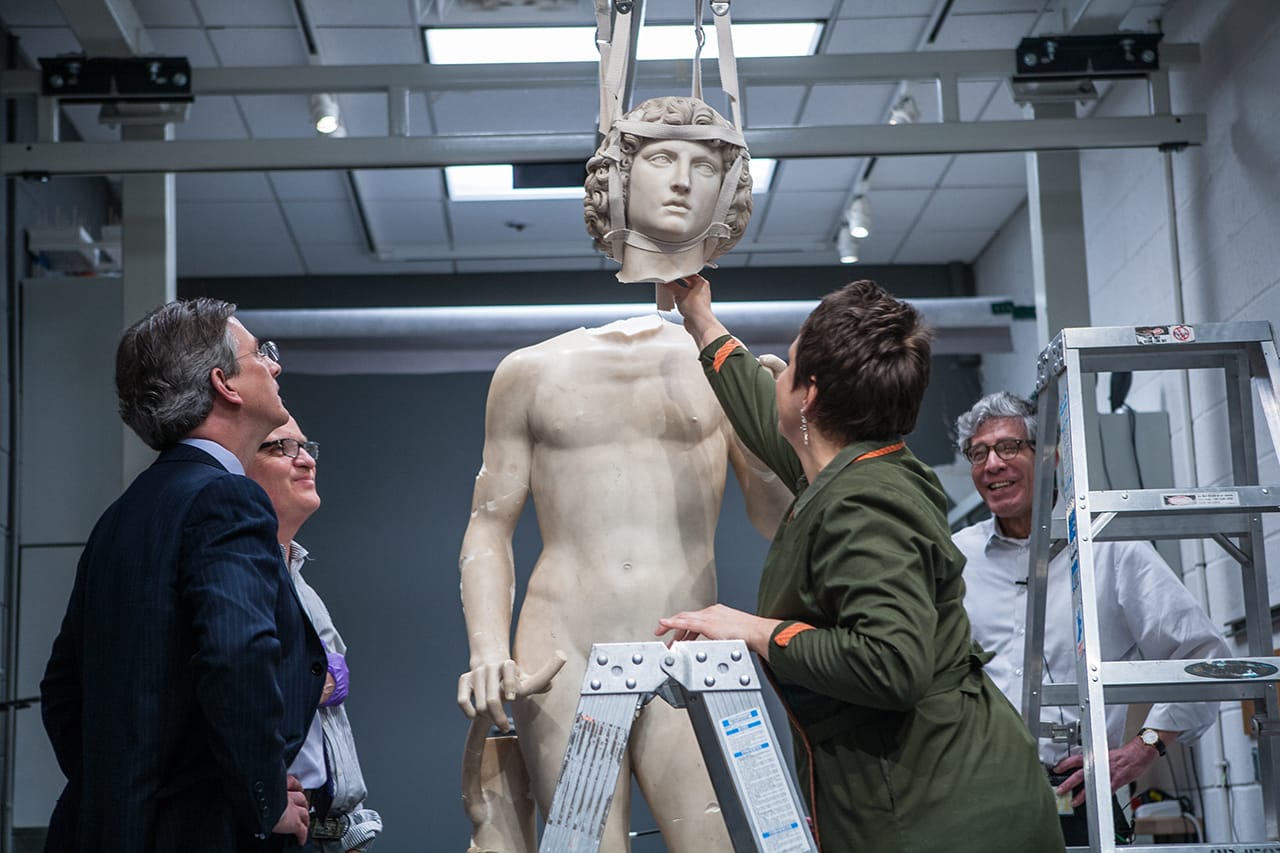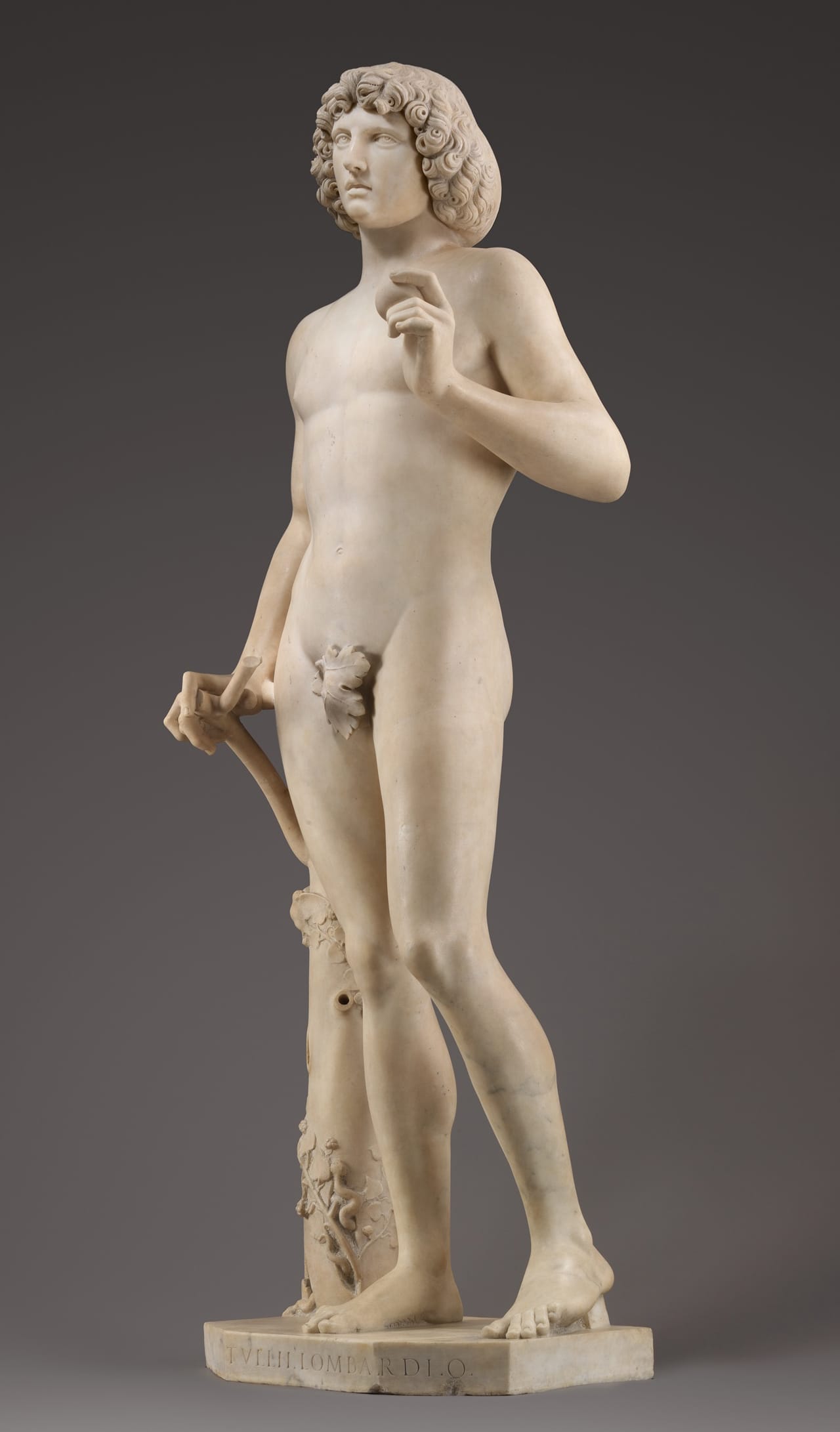Shattered "Adam" Is Born Anew at the Metropolitan Museum
One of the greatest Renaissance sculptures outside of Europe has been restored after a devastating fall in 2002 at the Metropolitan Museum of Art.

One of the greatest Renaissance sculptures outside of Europe has been restored after a devastating 2002 fall at the Metropolitan Museum of Art. Tullio Lombardo’s “Adam” (c.1490–95) is, according to the Met, “the first monumental classical nude carved following antiquity,” and for centuries it stood by the Venetian tomb of Doge Andrea Vendramin, who died in 1478. When the Doge’s monument was transferred to a new location during the second decade of the 19th century, the statue of “Adam” was removed, as it was a prudish time in Venetian history.

For decades the statute, which was acquired by New York’s Metropolitan Museum in 1936, stood quietly in the museum’s Vélez Blanco Patio. Then on October 6, 2002, at 5:59 pm, the ill-suited wooden pedestal buckled and the Biblically inspired Adam fell from grace. At the time, Metropolitan Director Philippe de Montebello described the statue’s collapse as a ”tragic fluke accident” and ”about the worst thing that could happen” to a museum. The life-sized sculpture broke into 28 large pieces and hundreds of smaller fragments scattered across the gallery.
Conservators worked hard on the sculptural masterpiece, and the process pushed the limits of art conservation, according to an account published by the museum. For those eager to learn more about the process, this report can be seen in the 2014 edition of the annual Metropolitan Museum Journal (volume 49).
Today, the sculpture was unveiled in a new permanent gallery for Venetian and northern Italian sculpture at the museum, and we can only hope the six-foot-three, 770-pound sculpture is on more steady footing.




A video of the whole process was created by the Metropolitan Museum:





